The WAEC Clothing and Textiles syllabus is designed to provide students with a thorough understanding of textile fibers and fabrics, including their origins, manufacturing processes, characteristics, and properties. It covers fabric construction methods such as weaving, knitting, and crocheting, as well as fabric finishes and their applications.
Students will also learn about the selection, use, and care of various fabrics, enabling them to make informed choices in textile-related tasks. The WAEC Syllabus for Clothing and Textiles emphasizes practical skills in sewing, pattern drafting, and garment construction, ensuring that students can apply their knowledge effectively in real-world scenarios.
In addition to technical skills, the syllabus explores career opportunities in the clothing and textiles industry, highlighting roles such as fashion design, textile chemistry, and garment production. It encourages students to develop entrepreneurial skills and understand the economic aspects of the textile industry.
A Complete WAEC Syllabus for Clothing and Textiles
Here is a clear table summarizing the WAEC syllabus for Clothing and Textiles, including the main themes, subtopics, and focus areas:
| Main Theme | Subtopics | Focus Areas |
|---|---|---|
| Textile Fibers and Fabrics | Types of fibers (natural & synthetic), yarn production | Properties of fibers, selection and uses, identification tests |
| Fabric Construction | Weaving, knitting, crocheting, felting | Techniques and end uses, fabric grain, bias, and straight grain |
| Fabric Finishes | Mechanical and chemical finishes | Purposes of finishes (e.g., waterproofing, dyeing, printing) |
| Sewing Equipment and Tools | Types, care, and maintenance | Sewing machine operations, storage, and safety precautions |
| Clothing Construction Techniques | Pattern making, cutting, stitching, seams, and hems | Making simple garments, use of patterns, types of stitches, and their applications |
| Consumer Education | Clothing selection, wardrobe planning, and budgeting | Fashion trends, shopping guidelines, clothing care, and maintenance |
| Entrepreneurship in Textiles | Small business opportunities, branding, and customer service | Starting a tailoring/fashion business, marketing skills, and pricing strategies |
| Fashion and Design | Elements and principles of design, color theory | Application in garment design, illustration, and fashion drawing |
| Textile Care and Maintenance | Laundering, stain removal, and storage | Laundry equipment, fabric care labels, and eco-friendly practices |
| ICT in Textiles and Fashion | Digital tools in fashion design and marketing | Use of software for pattern making, online marketing platforms, and virtual fashion shows |
| Environmental Impact | Sustainable practices, textile waste management | Recycling, biodegradable fabrics, and green production processes |
Recommended WAEC Textbooks for Clothing and Textiles
Here are the recommended WAEC textbooks for Clothing and Textiles, ideal for preparing effectively for both theory and practical aspects of the exam:
- Clothing and Textiles for Senior Secondary Schools by R.O. Uyoata – This textbook offers a comprehensive introduction to the study of fibers, fabric construction, sewing techniques, and garment care.
- Home Economics for Senior Secondary Schools Book 1, 2 & 3 by F. Oguntona – A foundational series covering a broad range of home economics topics, including extensive sections on clothing and textiles.
- “Basic Clothing Construction by T. O. Ajayi and O. A. Akinyemi – Focuses heavily on garment-making techniques, pattern drafting, and machine operation.
- Textiles and Fashion by Rosemary Corkhill – Though not locally tailored, it provides a global perspective on textiles, fashion design, and production processes.
- Clothing and Textiles for West Africa by Essie Agboli – Tailored specifically for the WAEC and WASSCE curriculum in West Africa.
- Senior Secondary Clothing and Textiles by U. I. Enemuo – Another WAEC-aligned textbook that combines detailed theory with practical exercises and exam-style questions, ideal for revision and classroom use.
Conclusion
The WAEC Clothing and Textiles syllabus equips students with essential knowledge and practical skills in fabric selection, garment construction, textile care, and fashion design.
It prepares candidates not only for academic success but also for careers and entrepreneurship in the textile and fashion industries. Mastery of this syllabus enables students to confidently approach the exam and thrive in real-world applications of clothing and textile concepts.
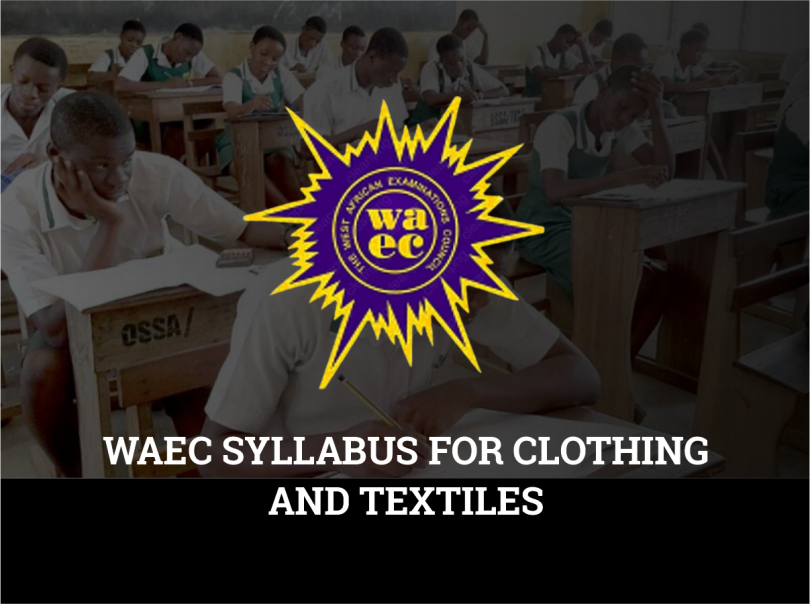
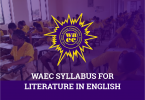
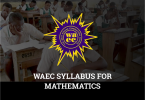
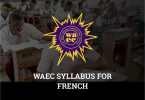

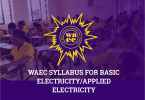

Leave a Comment